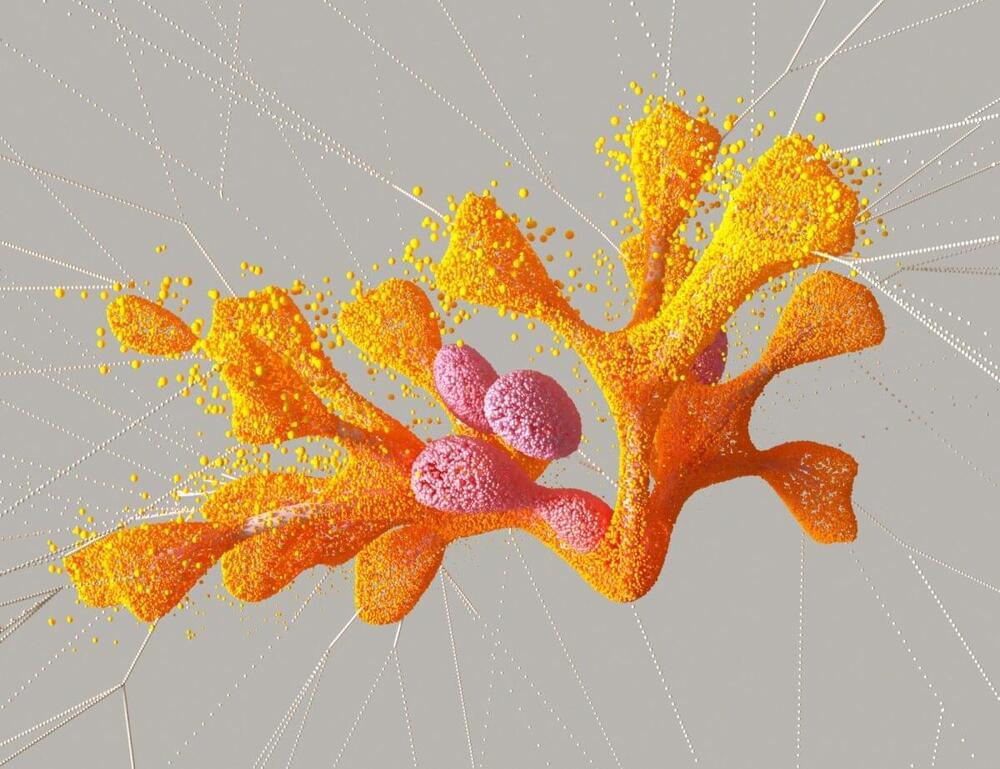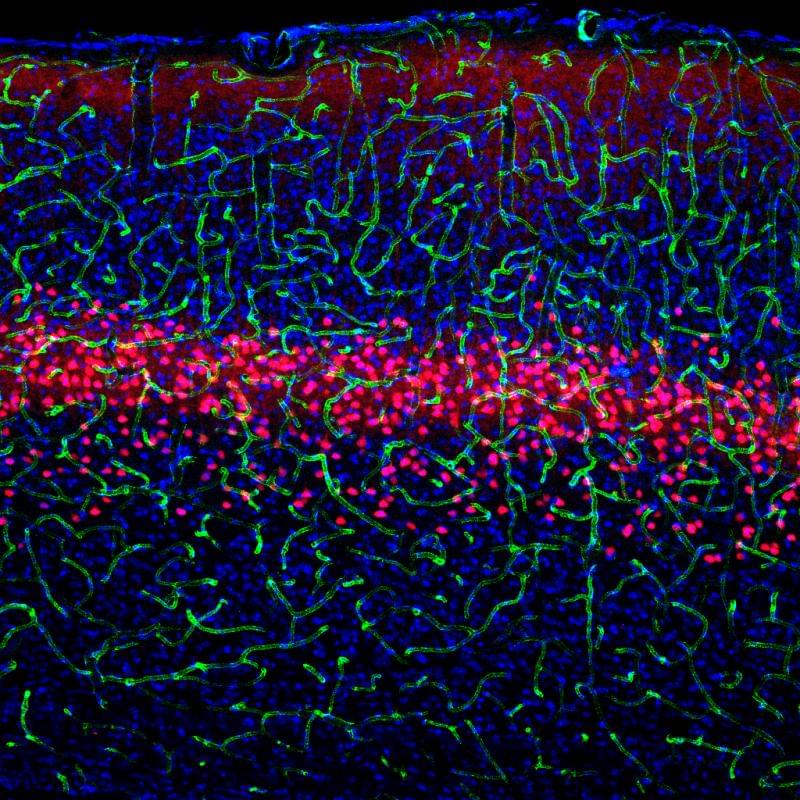Curiosity is important for human development and learning and encourages an exploration for new information. New research published in the Journal of Individual Differences found that high dispositional curiosity is related to greater general knowledge, but not necessarily related to fluid intelligence.
Curiosity is important for both crystallized intelligence (i.e., one’s general knowledge) and fluid intelligence (i.e., one’s ability to reason and use novel information). “Seeking out new environments, being more attentive, and exploring more and more comprehensively might, in turn, also increase the probability of gaining new information,” explain study author Freda-Marie Hartung and colleagues. “Thus, it is plausible to assume that interindividual differences in epistemic curiosity are related to interindividual differences in general knowledge.”
Thus, the researchers were interested in how dispositional curiosity influences one’s acquisition of knowledge and how fluid intelligence affects this relationship. Hartung and her colleagues recruited 100 participants during lectures at a German University to complete a self-report questionnaire on the relevant personality traits (i.e., curiosity, conscientiousness, social anxiety). They also completed measures assessing their general knowledge (i.e., geography, history, math, natural sciences) and fluid intelligence (i.e., reasoning and memory tasks).









